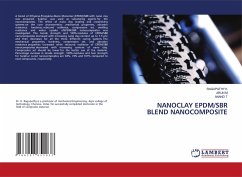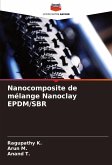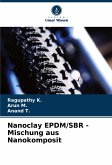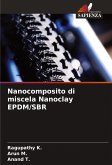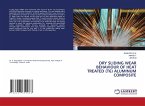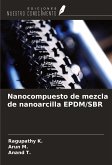A blend of Ethylene-Propylene-Diene Monomer (EPDM)/SBR with nano clay was prepared. Sulphur was used as vulcanizing agents for the nanocomposites. The effect of nano clay loading and crosslinking systems on the cure characteristics ,mechanical properties, abrasion resistance, hardness, rebound resilience, compression set, swelling resistance and water uptake ofEPDM/SBR nanocomposites was investigated. The tensile strength and 100% modulus of EPDM/SBR nanocomposites increased with increasing nano clay content up to 7.5 phr and then decreases for all the three different curing systems. The mechanical properties, hardness, compression set, and abrasion resistance properties increased while rebound resilience of EPDM/SBR nanocomposites decreased with increasing content of nano clay. Compression set should be lower for the better use of the material. Percentage increase in tensile strength, 100% modulus and tear strength for Sulphur cured nanocomposites are 63%, 74% and 101% compared to neat compounds, respectively.

